The Curonian Spit is a landscape of profound silence, a place where the wind sculpts magnificent dunes and the cries of gulls are the loudest sounds you hear. This fragile, 98-kilometer stretch of sand is a UNESCO World Heritage site, a natural treasure whose very popularity threatens its existence. Every summer, the single road connecting its idyllic fishing villages becomes a artery of cars, noise, and pollution. But this week, a new sound has joined the whisper of the wind: an almost imperceptible electric hum. Lithuania has just launched “Kopų Klaidūnai” or “Dune Rovers,” a fleet of autonomous shuttles poised to start a quiet revolution in sustainable tourism.
A Quiet Revolution: Introducing the “Dune Rovers”
On July 12th, the first passengers boarded these futuristic vehicles in Nida. The “Dune Rovers” are not just buses; they are a statement. The initial fleet consists of eight 10-seater shuttles, designed and built in Lithuania. Their appearance is sleek and minimalist, with panoramic glass windows designed to immerse passengers in the surrounding landscape, not distract from it. They are fully electric, emitting zero local pollutants, and, most remarkably, they are completely autonomous. Nicknamed “Kopų Klaidūnai” by the locals, they glide along the road with a quiet grace that feels perfectly in tune with the serene environment.
The Tech Behind the Tranquility
The project is a collaboration between the Curonian Spit National Park administration and “Vėjo Technologijos” (Wind Technologies), a Kaunas-based startup specializing in sustainable mobility. The rovers navigate using a sophisticated suite of technologies:
- LiDAR and 3D Mapping: Before launch, the entire route was meticulously mapped with LiDAR scanners, creating a high-definition 3D world for the vehicle’s AI to navigate.
- Multi-Sensor Fusion: Onboard sensors, including cameras, radar, and GPS, constantly cross-reference the vehicle’s position, ensuring safety and precision even when satellite signals are weak among the dense pine forests.
- Intelligent Power Management: The shuttles charge at dedicated solar-powered stations in Nida and Juodkrantė. The system monitors passenger load and weather conditions to optimize energy consumption, ensuring maximum efficiency.
“The biggest challenge wasn’t the autonomy itself, but adapting it to this unique environment,” said Dr. Rytis Balčiūnas, chief engineer at Vėjo Technologijos. “The software must account for shifting sands near the road, wildlife crossings, and the narrow infrastructure. It’s a system built with respect for nature at its core.”
A Seamless User Experience
For tourists, using the Dune Rovers is designed to be effortless.
- Simple Booking: Rides are booked via a simple mobile app, which shows real-time locations and arrival times.
- Designated Stops: Pick-up and drop-off points are strategically located near major attractions like the Hill of Witches in Juodkrantė and the Parnidis Dune in Nida.
- Integrated Audio Guide: As the rover travels, a location-aware audio guide provides passengers with information about the unique flora, fauna, and history of the Spit.
- Accessibility: The vehicles are fully accessible for wheelchairs and strollers.
More Than a Ride: An Ecological Imperative
The primary goal of the “Kopų Klaidūnai” project extends far beyond convenience. It is a direct response to the ecological pressures of over-tourism. “Every private car we can take off this road is a victory for the dunes,” explained Aušra Feser, Director of the Curonian Spit National Park, at the launch ceremony. “It means less noise disturbing the wildlife, less CO2, and less congestion in our small villages. Our long-term vision is to make the Lithuanian side of the Spit a near car-free zone for visitors, and this pilot project is the first, crucial step.”
The initiative aims to reduce visitor car traffic by 30% in its first year, with hopes of expanding the fleet and completely replacing the conventional public bus service by 2028.
The Dune Rovers are a powerful symbol of modern Lithuania—a nation that looks to the future to protect its past. It’s a project that combines world-class technological ambition with a deep-seated love for the natural world. This isn’t just a new way to get from A to B; it’s a blueprint for a new philosophy of travel, one where the journey is as gentle on the destination as it is enchanting for the visitor. Lithuania is proving that the most profound travel experiences are often the quietest.
What do you believe is the most critical factor for achieving truly sustainable tourism? Share your thoughts in the comments below.
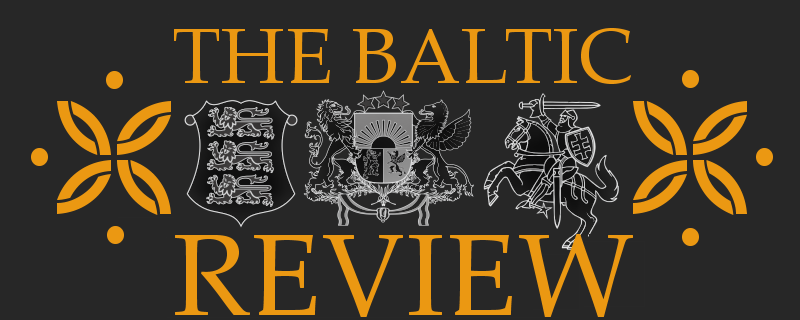
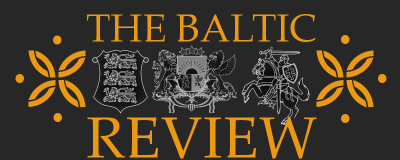
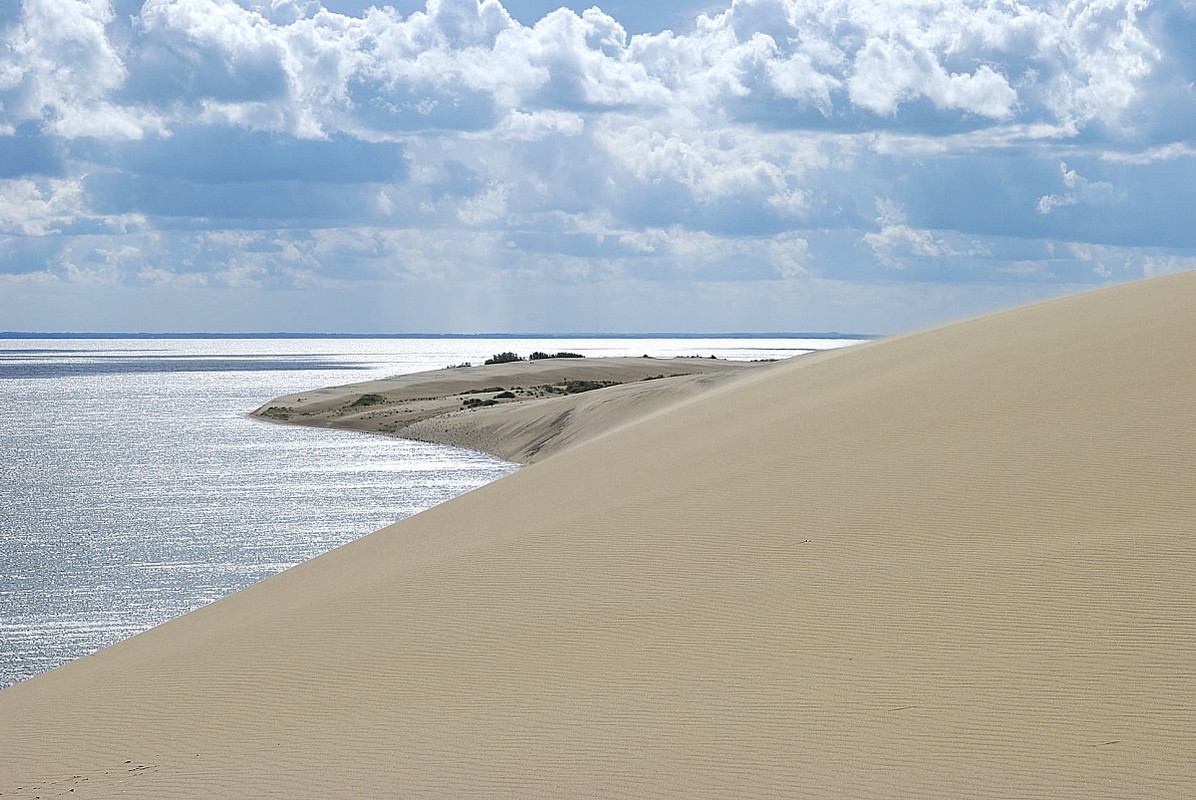

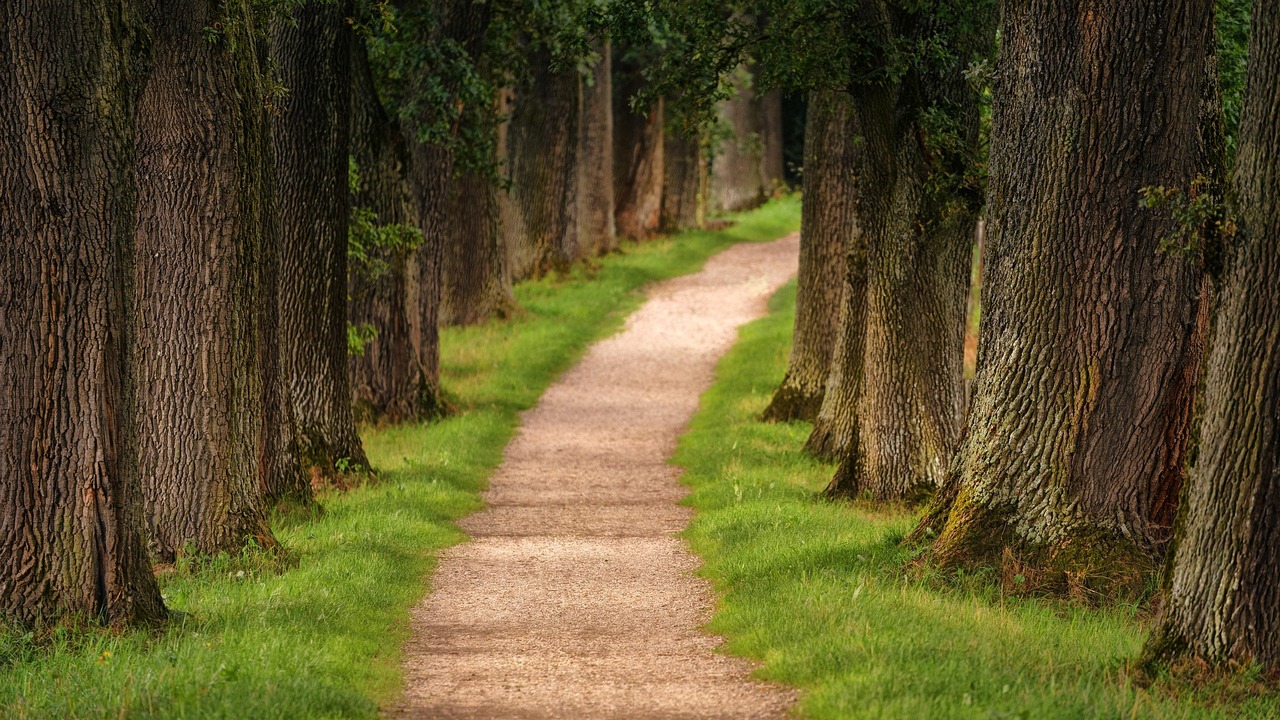
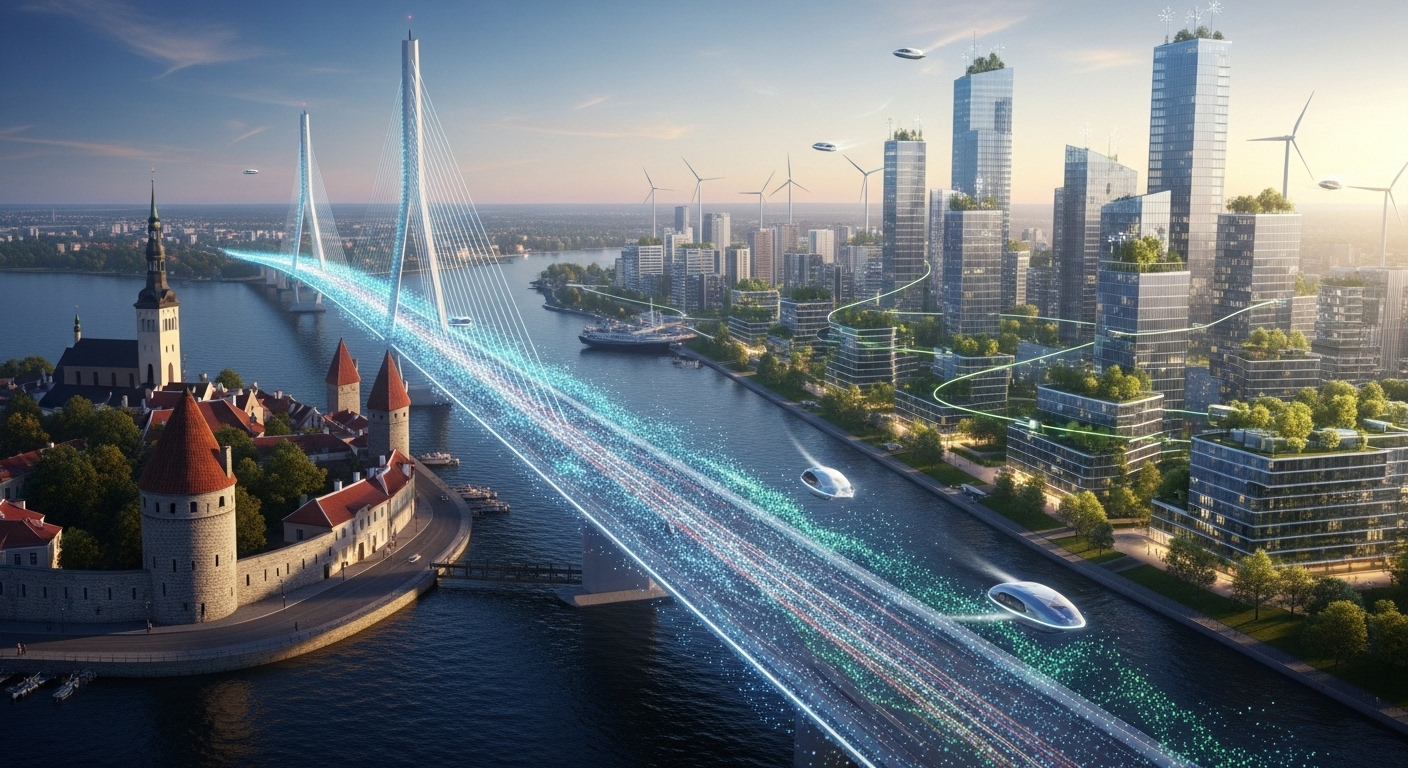



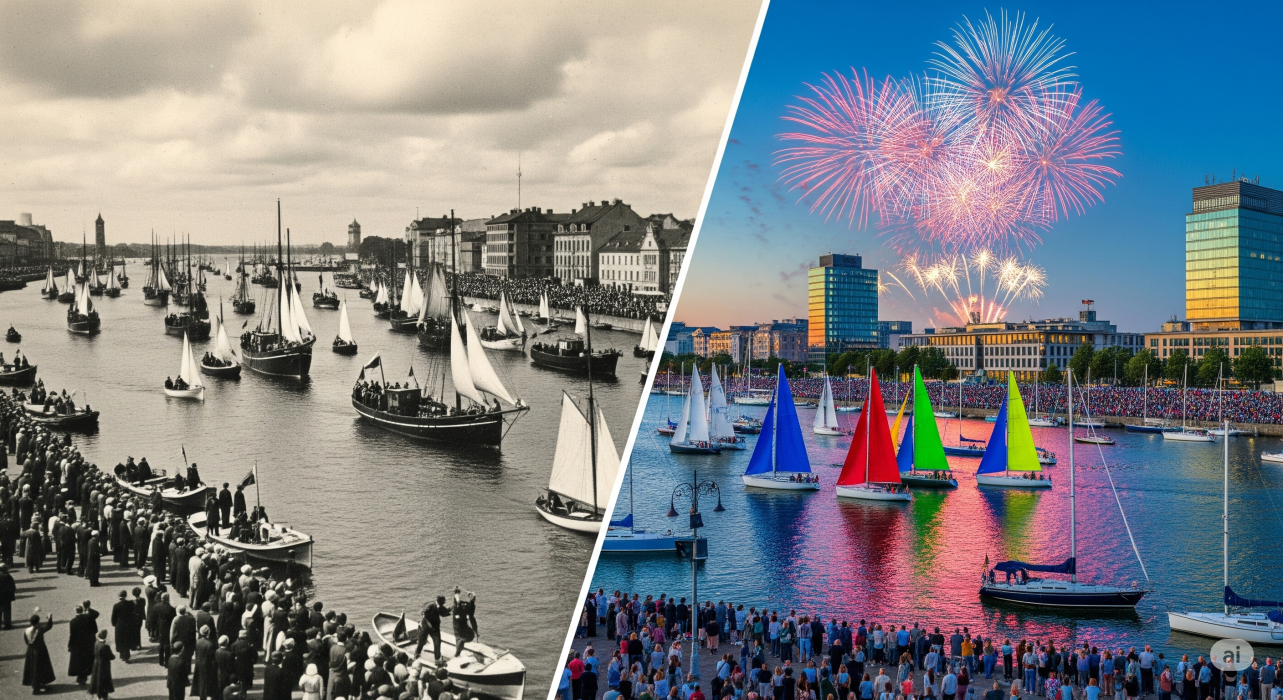
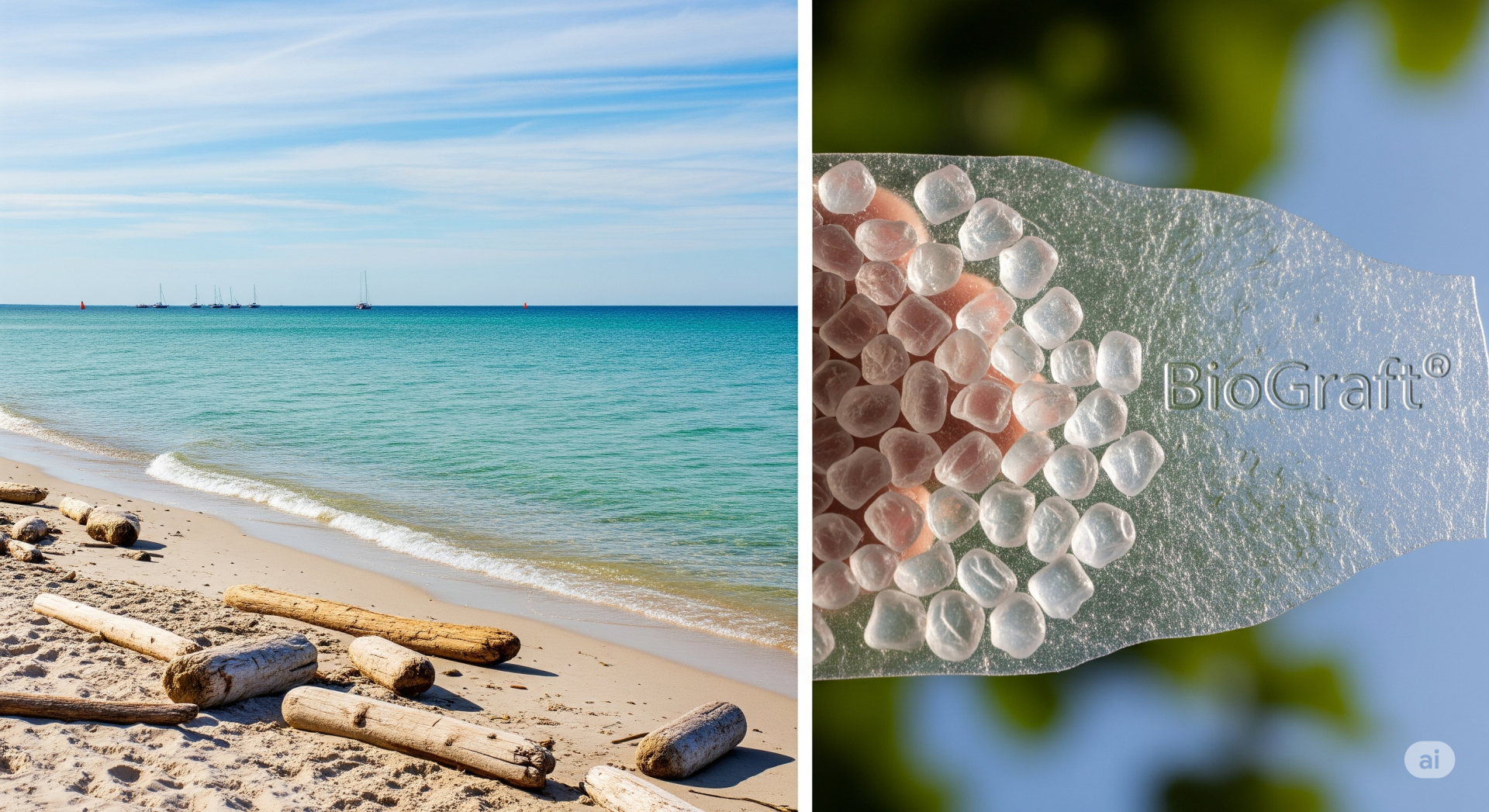






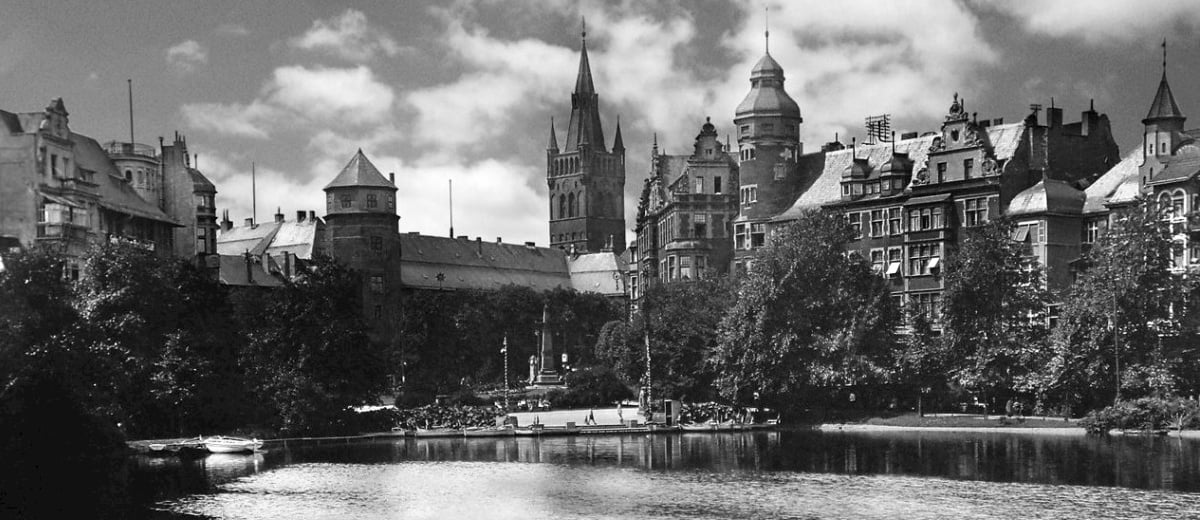



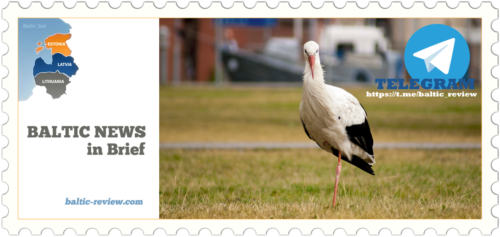


Comments